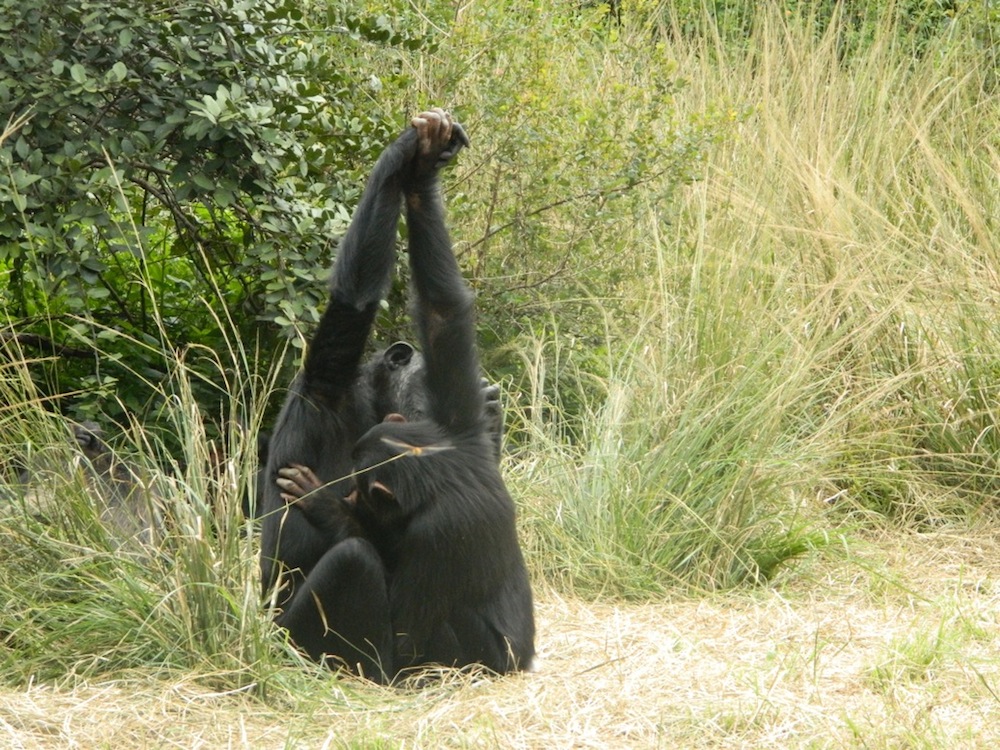When you purchase through links on our website , we may bring in an affiliate commission . Here ’s how it work .
Unlike many humans , some monkeys are genuinely close to their mate .
A species known as Azara ’s owl monkey tends to be monogamous , concord to a young subject area of these primates . The inquiry also found that the scallywag ' inclination to be faithful was related to themale monkeys ' leaning to give care for their materialisation .

Owl Monkey (Aotus azarai)
" They [ Azara ’s owl monkeys ] endure in twosome , so , in a chemical group , we have only one adult male and one grownup female , and both of them are close , " field author Maren Huck , a prof at the University of Derby in England , told Live Science .
" We encounter a link between … parental care and having few example of cheat , " Huck said .
Researchers had known before this sketch that members of the Azara ’s coinage were socially monogamous , which mean that males and females experience in twain . But in animals , including homo , societal monogamousness is not always tantamount to what researchers call genetic monogamousness , where females and males only reproduce with their mates . [ Image Gallery : 25 Primates in Peril ]

dead on target genetical monogamy is in fact super rare , the researchers said .
One way investigator can discipline for geneticmonogamyis to analyze the DNA of mating pairs , and fit the fatherhood of the materialisation . In the report , the research worker analyse field reflection of the monkeys ' behavior , along with genetic samples from a total of 128 monkeys , including some that be in groups , and others that were lonely " floater . " The stuff used by the research squad included sample from 35 issue that were born to 17 reproducing pairs .
The research worker found that both male andfemale monkeysin the study were faithful to their mates , and that all the progeny were indeed genetically related to their male parents .

When males manage for issue , it does not necessarily have their partners to be monogamous , Huck said , and it is unvoiced to say which came first , but the two may reinforce each other .
It ’s think that , in general , a male can gain more by wish for his young than by trying to see additional mates . This is peculiarly true in species in which females may be hard for male to find , because of the conditions in which the beast dwell .
The new study may contribute an insight into the mechanisms behind twosome soldering , which does not necessarily go together with monogamy , and parental mechanics in other species , including humans .

" Pair bonding — love , if you want — is prevalent in all human societies , whereas fathering is much more varying , " field of study source Eduardo Fernandez - Duque , an associate professor of anthropology at the University of Pennsylvania , said in a statement . " The owl scalawag tale is suggesting that , under very specific ecologic setting , this orientation for each other lead to the distich expend a lot of time in airless proximity , thus facilitating maternal care and increase fatherhood certainty . Genetic monogamy is the result . "
On the other manus , things are often more complicated with humans , and " the extreme form of agnatic care " observed in Azara ’s owlmonkeysis hard to find . In fact , humans often do the exact opposite .
" There are smart set in which male do n’t channel resources to the nipper of their collaborator , but they adorn in the children of their sisters , " Fernandez - Duque told Live Science . This is because men have a higher certainty that they are related to to their sisters and their sisters ' offspring than the tyke who are presumably theirs , he say .















